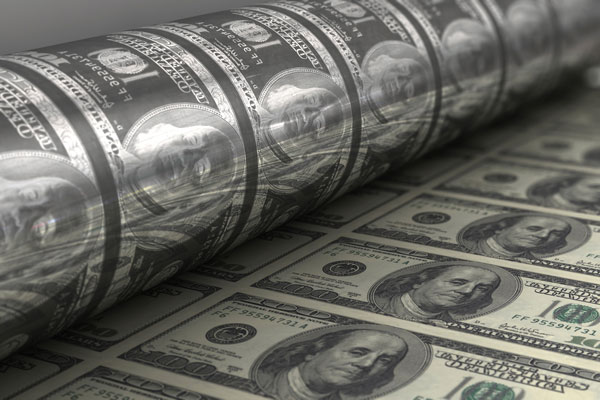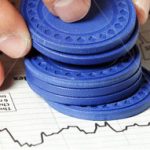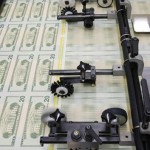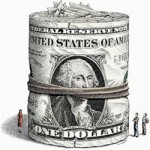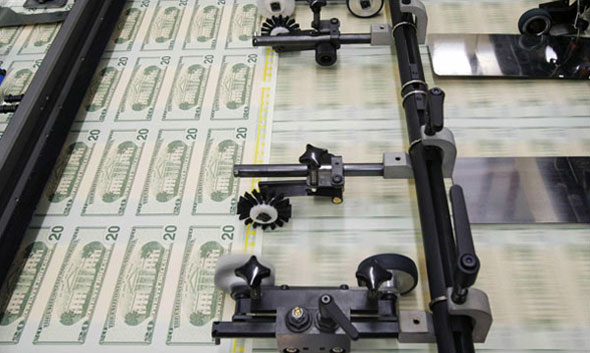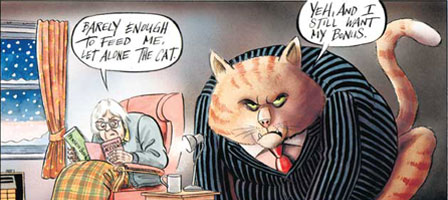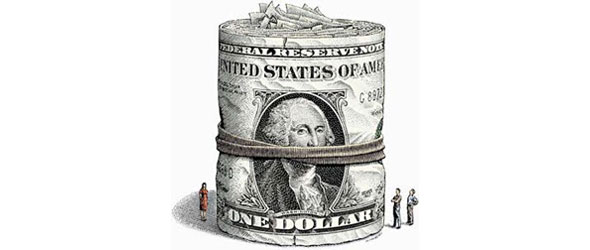The massive “printing” of money and supply of virtually-free credit by central banks is destroying the foundations of valuation on which investment choices are based.
That’s why we are now experiencing such oddities as investors’ buying index-linked bonds to lock in a negative return. That’s why bonds and equities and gold have all been rising together – they are not offering conflicting forecasts about deflation or inflation, merely rising together on the floodtide of money and credit.
The policy has been likened by strategist Don Coxe to the battlefield use of heroin for wounded soldiers – necessary in the short term, but creating a different major problem of weaning patients off the pain-killer before they become addicts, unfit for anything.
“There is no historic precedent for such sustained stimulus, which means no one can predict what longer-term damage it will inflict.”
There is increasing evidence that central bank officials are aware of the serious risks of the policy and are divided, in particular, over the latest bout of massive money “printing” by the US Federal Reserve.
The Japanese, who tried it for two decades, know it doesn’t work – in fact it delays economic recovery by keeping zombie banks and uncompetitive companies in business, penalizing their efficient competitors. In fact they believe in the opposite policy of squeezing credit to prevent bubbles in asset prices.
Wolfgang Schäuble, the German finance minister, says another round of something already tried and seen to fail isn’t going to solve anything. “US policy is clueless.”
Senior central bank officials privately concede “they don’t believe in the policies they have adopted, but don’t dare speak out against them,” Henny Sender reports in the FT.
“Many economists believe that zero interest rate policies actually discourage spending, since individuals have to save all the more given paltry returns” on their savings. “That in turn undermines the policies the central bank wishes to support.”
Even at the top, there is open dissent. Thomas Hoenig, boss of the Kansas City Fed, and a member of the Fed’s policymaking committee, voted against QE2 because of the risk it could lead to future inflation and fuel another boom/bust cycle.
He favours a get-tough path to economic recovery, with higher interest rates, removal of “extremely inefficient” subsidies for housing and a “greatly reduced role” for government in housing finance.
However, for the next few months, perhaps years, we must assume that the money madness will continue. And make our personal investment decisions accordingly – while never losing sight of the explosive risks that lie in the future as a consequence of inflating a bubble worse than the last.
CopyRight – OnTarget by Martin Spring
